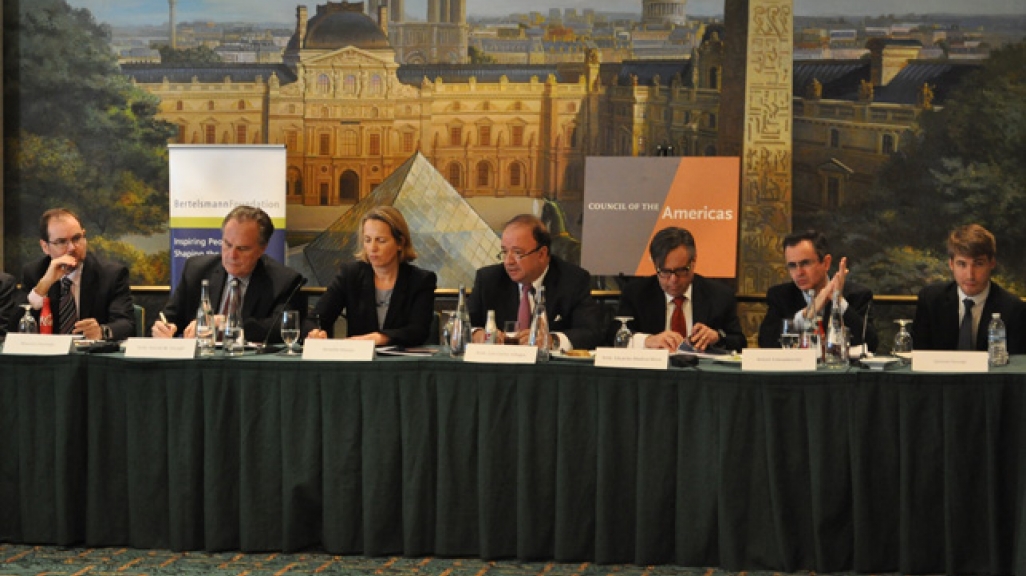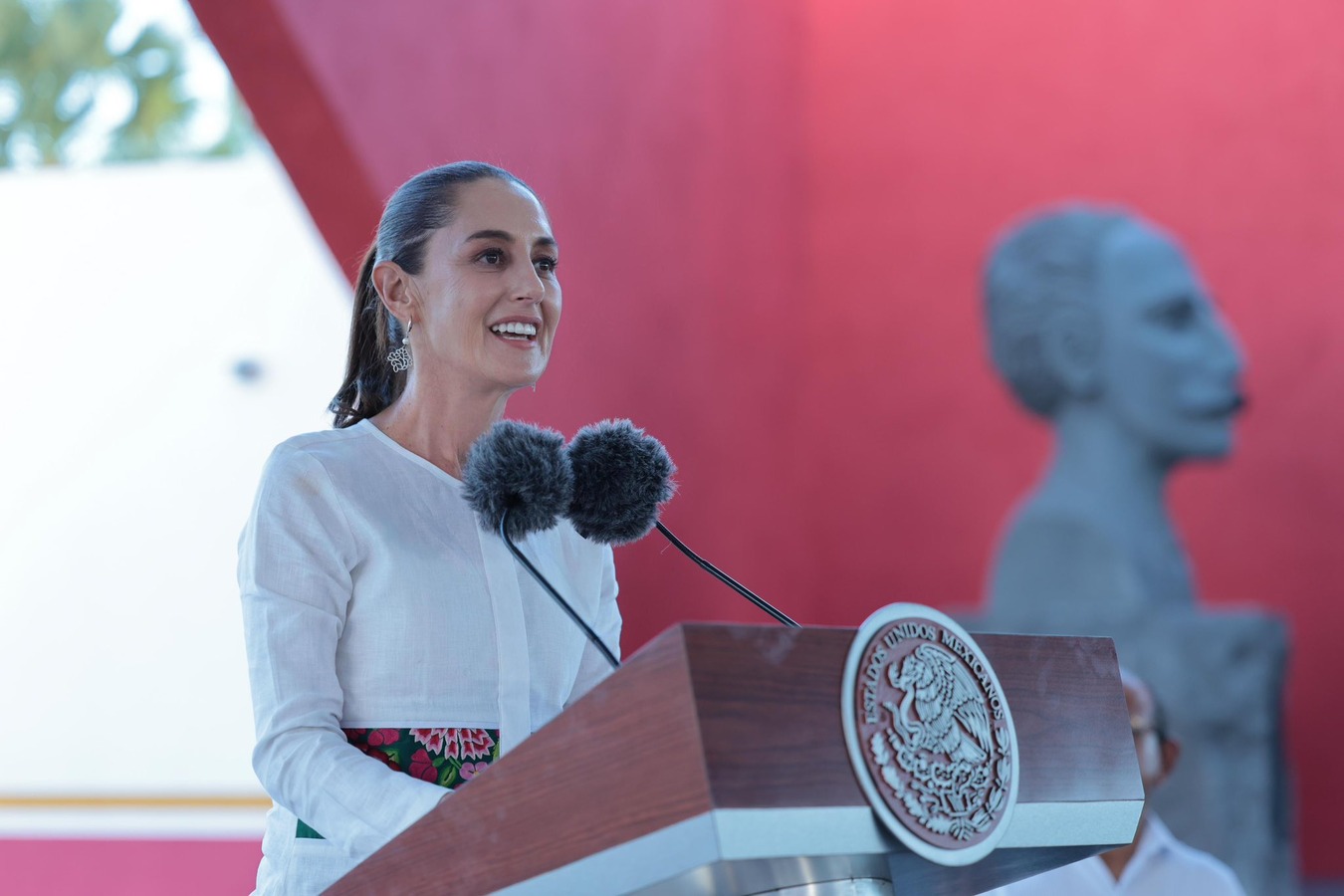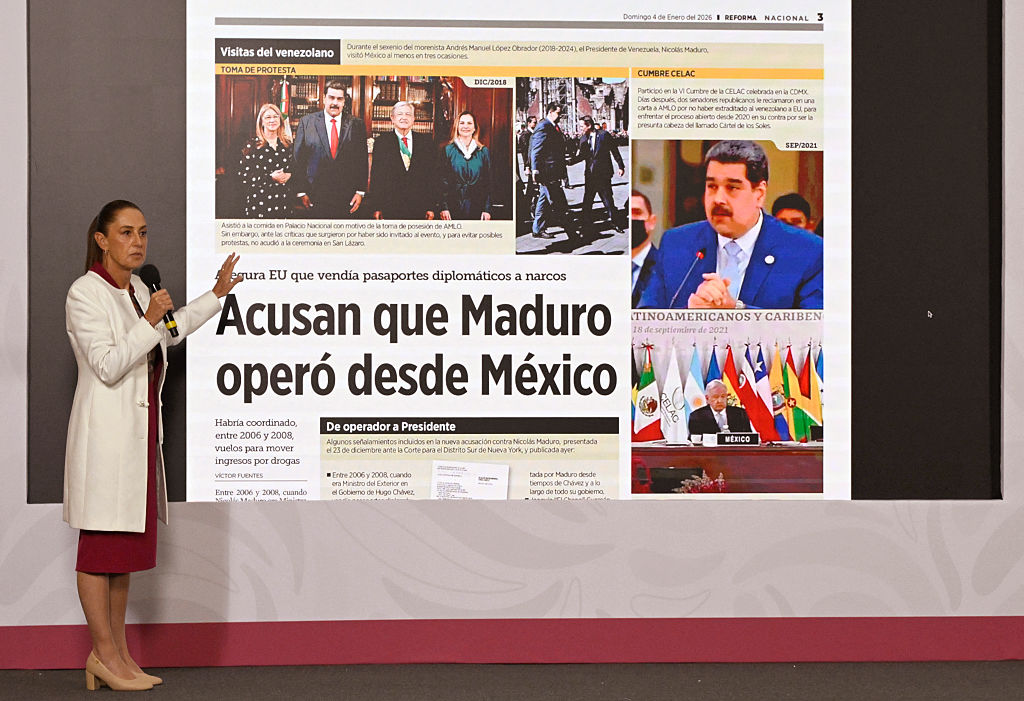Summary: The Pumas of the Pacific Alliance
Summary: The Pumas of the Pacific Alliance
Panelists, including the Colombian, Mexican, and Peruvian ambassadors to the U.S., shared their views on one of Latin America's newest trade blocs.
Introduction:
- Annette Heuser, Executive Director, Bertelsmann Foundation
- Eric Farnsworth, Vice President, Council of the Americas
- Samuel George, Project Manager, Bertelsmann Foundation
Panelists:
- Harold Forsyth, Peruvian Ambassador to the U.S.
- Eduardo Medina Mora, Mexican Ambassador to the U.S.
- Luis Carlos Villegas, Colombian Ambassador to the U.S.
- Mauricio Hurtado, Chilean Chargé d’Affaires
- Antoni Estevadeordal, Manager of Integration and Trade, Inter-American Development Bank (IADB)
Summary
On March 14, Council of the Americas and the Bertelsmann Foundation held a panel discussion on the Pacific Alliance, a group composed of Chile, Colombia, Mexico, and Peru. The Bertelsmann Foundation’s Samuel George presented his report The Pacific Pumas, highlighting the advances and opportunities of this bloc.
What is the Pacific Alliance?
George shared the findings of his report, noting he dubbed the bloc members "pumas" based on the countries’ efficiency and resourcefulness. Ambassador Luis Carlos Villegas called the Pacific Alliance “the most important Latin American integration effort” in the last 100 years. He said the four countries benefitted from having like-minded governments and being of a similar size. As regional leaders of reform, these countries offer a diversity of opportunities for global businesses, said Villegas.
Ambassador Harold Forsyth reminded the audience that the Pacific Alliance was an economic group without political ambitions. Its goals are free circulation of goods, services, capital, and people, and the bloc’s agreement serves as a framework for cooperation. He added that the Alliance's success in attracting foreign direct investment is based on its pursuit of free trade and its implementation of clear rules. He noted, however, that Pacific Alliance countries still must confront challenges in reducing poverty and crime.
Building a Bridge to Asia
Ambassador Eduardo Medina Mora said the key to the Pacific Alliance’s success is that the member countries "mean what they say and do what they say." Plus, he added, these countries serve as a bridge to the Asia-Pacific region. He noted that the proof of the Pacific Alliance's value lies in export numbers: the United States exports more to Pacific Alliance countries than to the European Union.
The Chilean Embassy’s Mauricio Hurtado labeled the Pacific Alliance as a cornerstone of Latin American cooperation. He said President Michelle Bachelet’s administration would use the group as a bridge to Asia, and that further integration of Alliance members would be a key component of the new government's work.
The IADB's Antoni Estevadeordal said the Alliance has helped the region adjust to Asia's growing economic power and influence, and has come to grips with the global "fragmentation of production." He also noted that the cooperation among the four countries created platforms to attract investment and was a natural step in Latin American efforts to integrate globally, especially through free-trade agreements.









